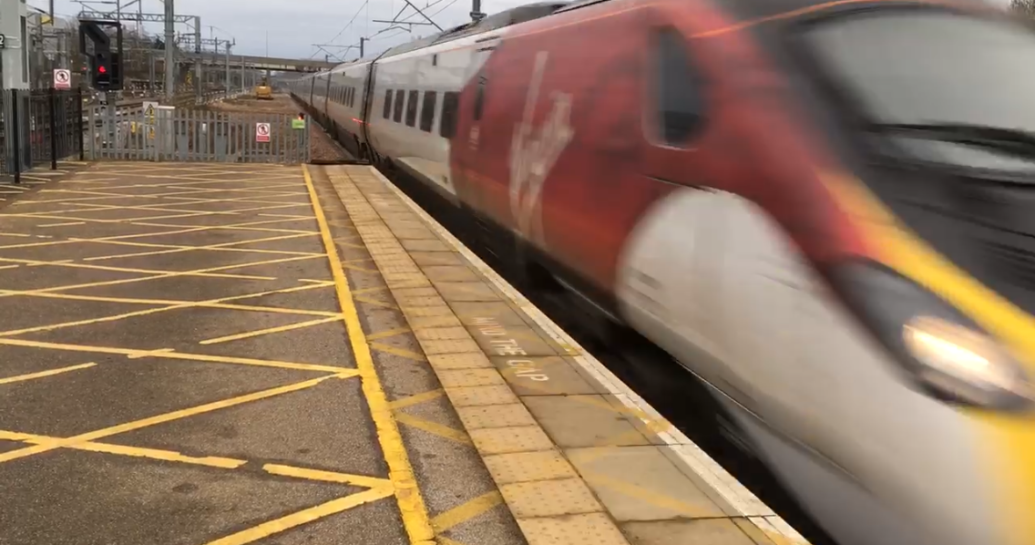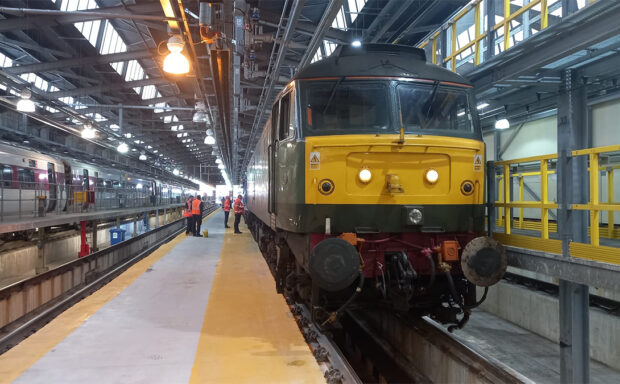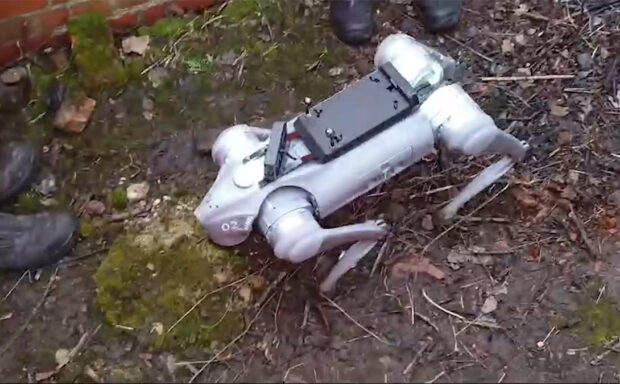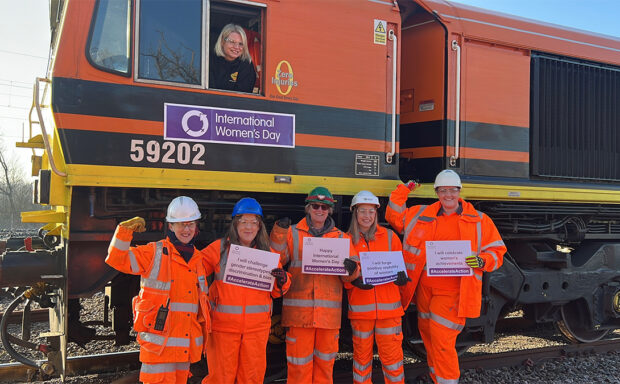Our engineers hit a major milestone during our seasonal upgrades – our 100th high speed handback of the year.
On 28 December, the line at Milton Keynes Central returned to use by train operators at 125mph, enabling services to run significantly faster than they normally would following essential track renewals.
What’s a high-speed handback?
Typically, we hand the line back for use by train operators at 50mph after track renewals. This is because the ground beneath the new track must settle. Traditionally, the passage of the trains is used to consolidate the track for weeks until we can set the track into its final position and increase the line speed.
Higher speed handbacks are great for passengers – they help the timetable work better because trains do not need to slow down. They are also good for the environment because trains do not have to use energy to brake and then accelerate again.
Our High Output track renewal systems are designed to handback at high speed and have done so for years. The challenge was to do the same for our conventional renewals programme.
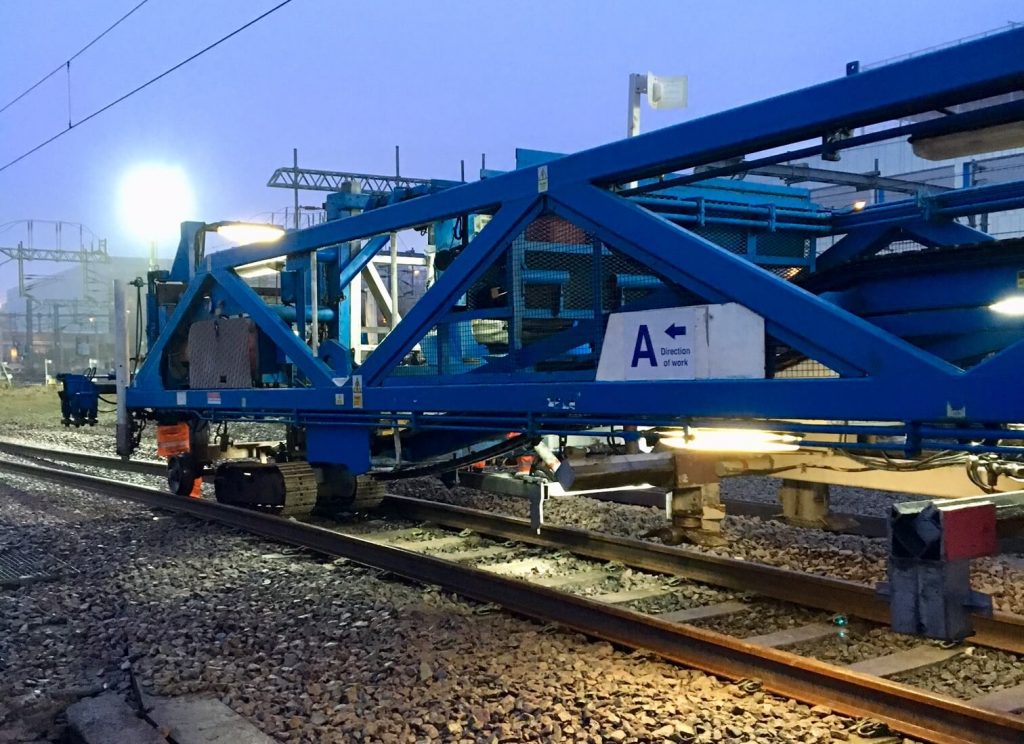
How have we improved our systems?
Our engineers have a continuous improvement programme, which includes targets to return the railway to train operators at higher speeds. We have been developing techniques to achieve this for passenger services over the past few years. Crucial to this are various techniques to fully consolidate the track during construction, which means it no longer requires the passage of trains to do this.
Traditional temporary plated jointed systems, which we ordinarily use until we can fully weld the track, are only fit for services running up to 50mph so we have introduced higher speed plated joints to our list of solutions. Where we can, we like to fully weld and stress the track during the core shift, which also helps with high-speed handbacks.
Steve Featherstone, programme director, Track at Network Rail, challenged his team to deliver 100 higher speed handbacks on conventional plain line and switches and crossings upgrades during the April 2018 to March 2019 year. The team reached its goal three months early.
